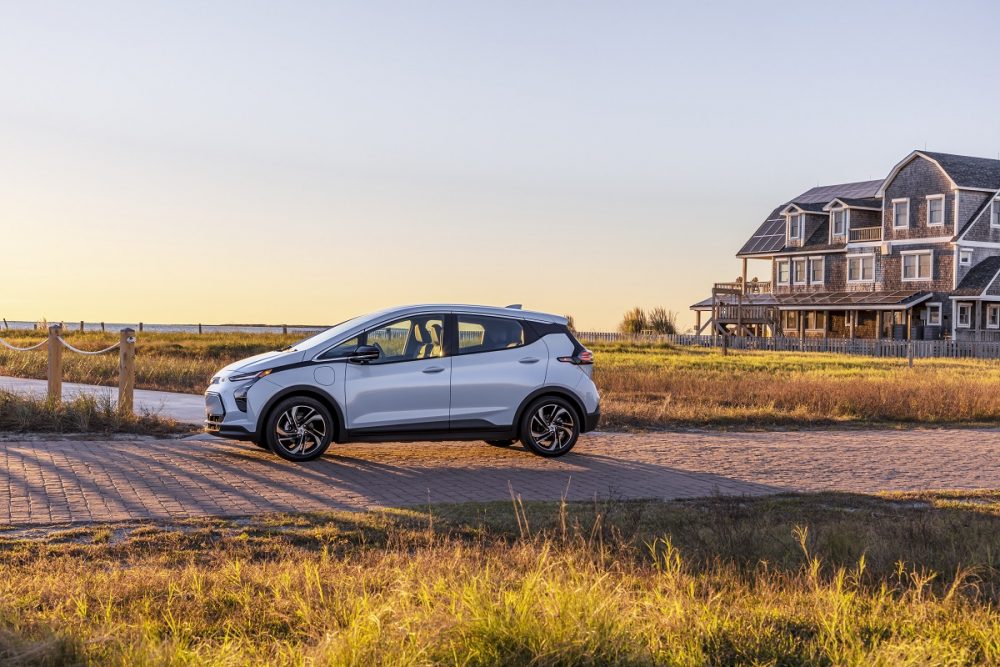Cars Today Are Heavier and More Powerful Than Ever
According to recently released data from the United States Environmental Protection Agency, cars are heavier and more powerful today than they’ve been in the last 45 years. Because of this, the average new car has the best power-to-weight ratio ever.
Selecting the Right Car for Your Needs: Advantages of Chevy SUVs
How has the power-to-weight ratio changed?
Last year, the average car weighed 4,177 pounds and delivered 246.9 horsepower. This equates to a PTW ratio of about .058, which is over 45 percent better than the ratio of the average car built in 1980. If you want to find out the PTW ratio of your own car, you can simply divide its horsepower by its weight. Keep in mind though that unless your car was built in 2020 or 2021, you’ll likely discover that your car’s ratio falls below .058.
Over the past 45 years, cars had the lowest PTW ratio on average back in 1981. This was the year when automakers had to start meeting Clean Air Act regulations. Since then, manufacturers have worked to not only make their engines smaller but also to increase their efficiency and horsepower. The average fuel economy is now more than twice what it was in 1975, and the average horsepower-to-displacement ratio is almost triple what it was then.
Cars have also improved greatly in terms of acceleration. In 1978, the average car went 0 to 60 mph in 13.7 seconds, and this actually worsened to 16.63 seconds in 1982, due to the updated emissions standards. Nowadays, the average car only takes 7.8 seconds to reach 60 mph.
The Best New Models: Chevy vehicles with notable redesigns for the 2021 model year
Automakers have announced intentions to introduce more electric vehicles in their U.S. lineups, which will feature weighty and strong batteries. For this reason, it’s likely that cars will continue to become heavier, more powerful, and quicker going forward.
Amanda Drago lives in West Chester, Ohio with her wonderful family, which includes her adorable dog, Coco. Amanda recently graduated from Miami University with degrees in both marketing and creative writing. However, if she was ever forced to change career paths, she imagines that she would train dogs for movies. In her spare time, she enjoys reading, writing, and watching Netflix. She also has a special place in her heart for theatre and purchases tickets to as many shows as she can. See more articles by Amanda.



